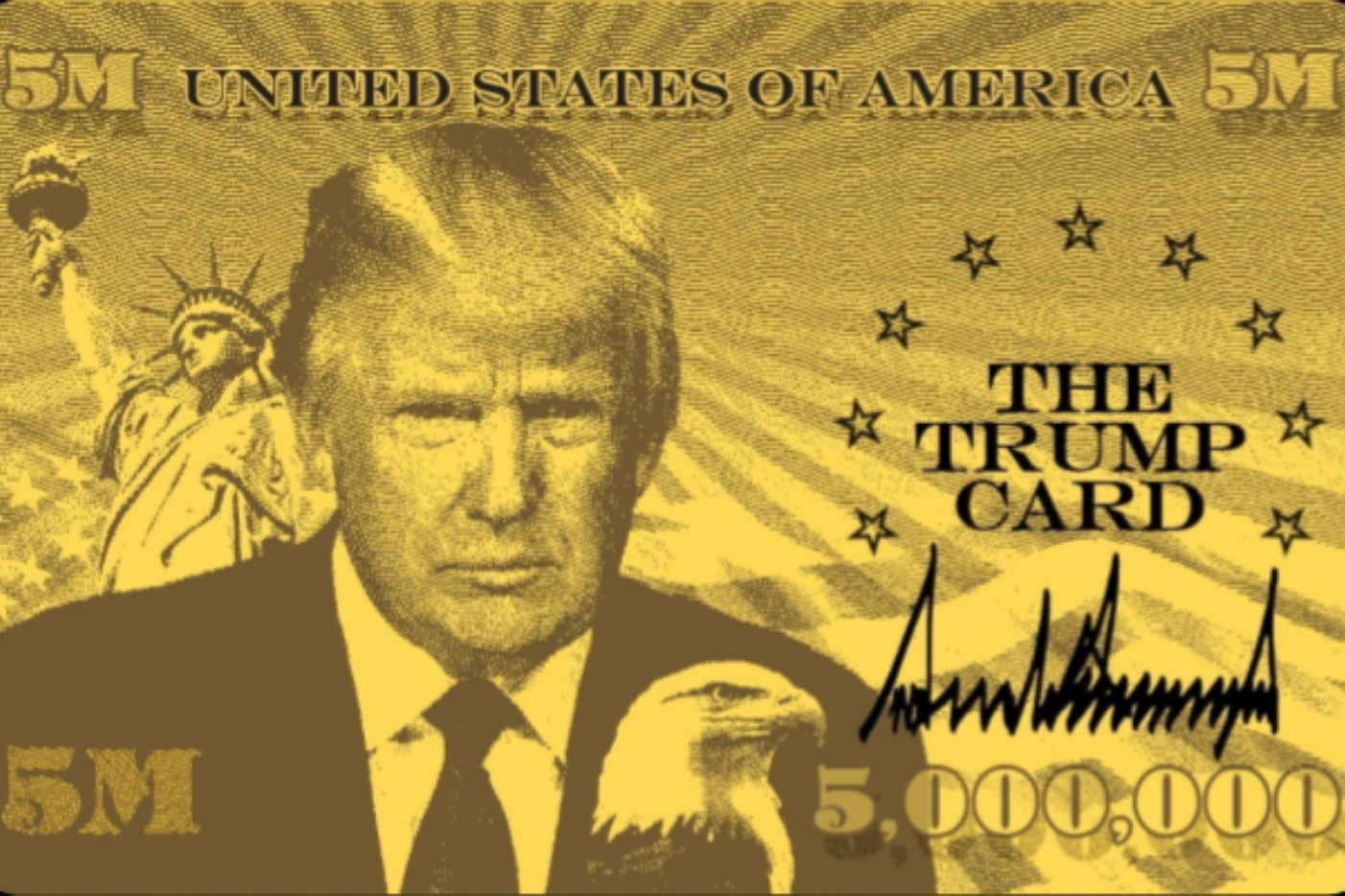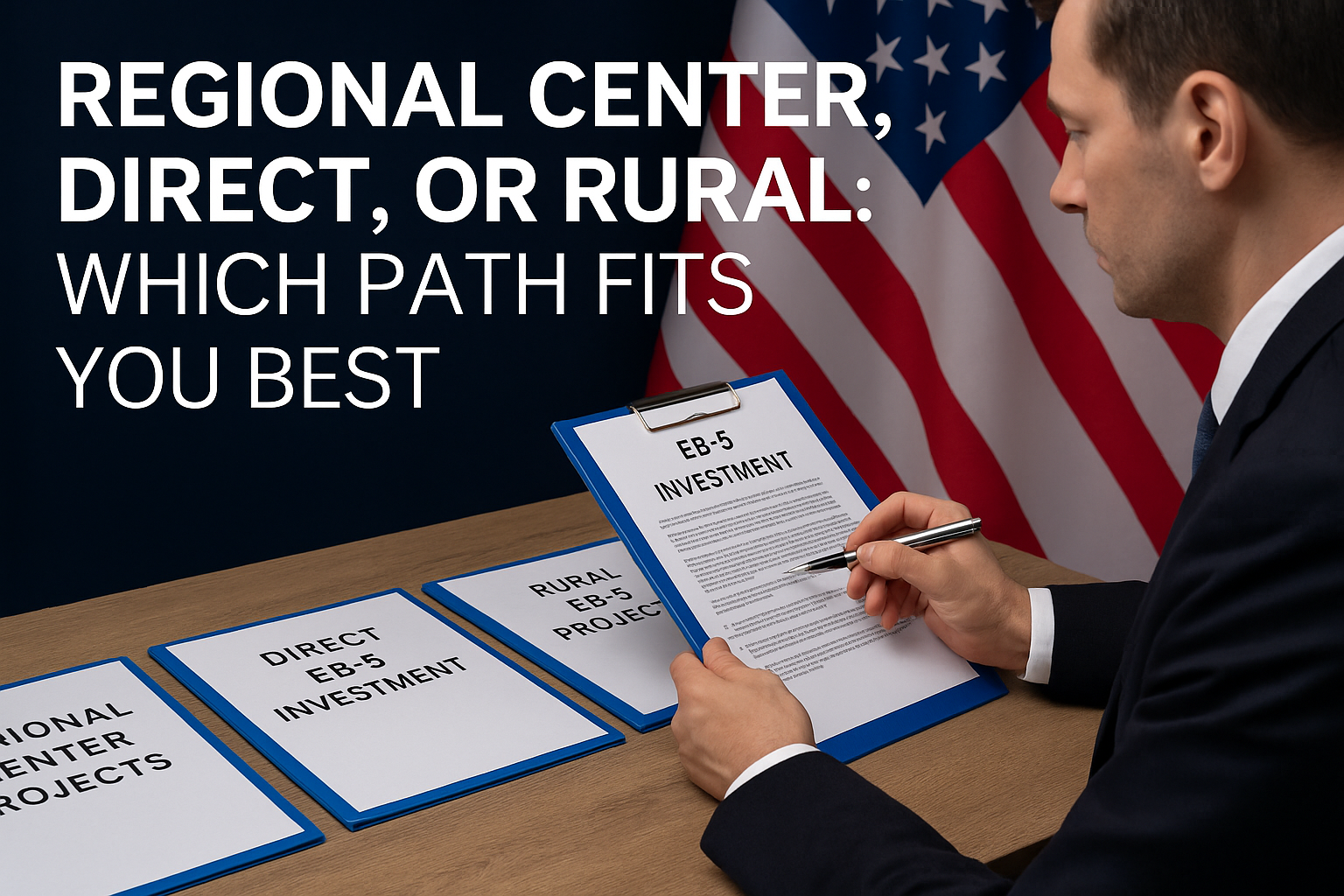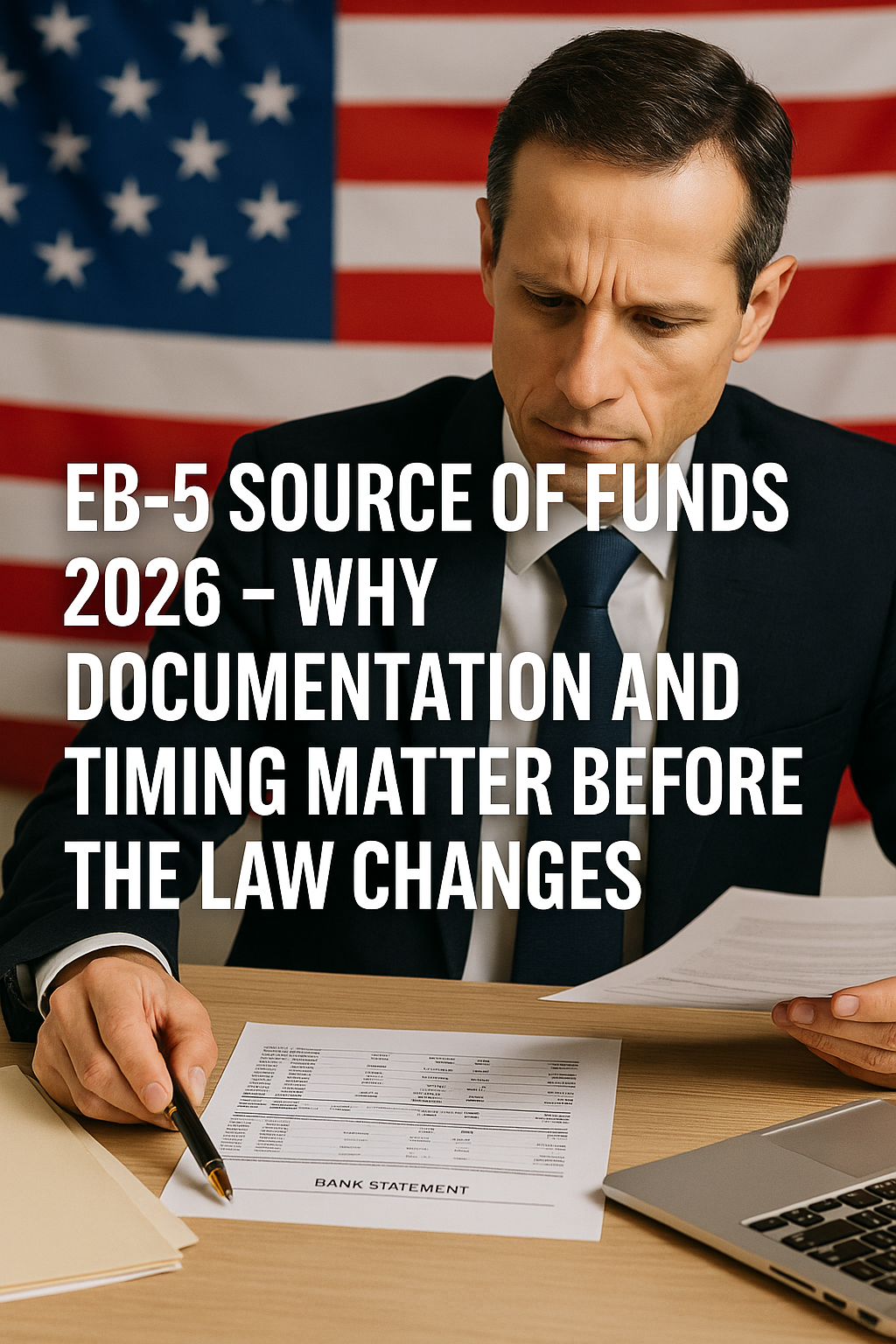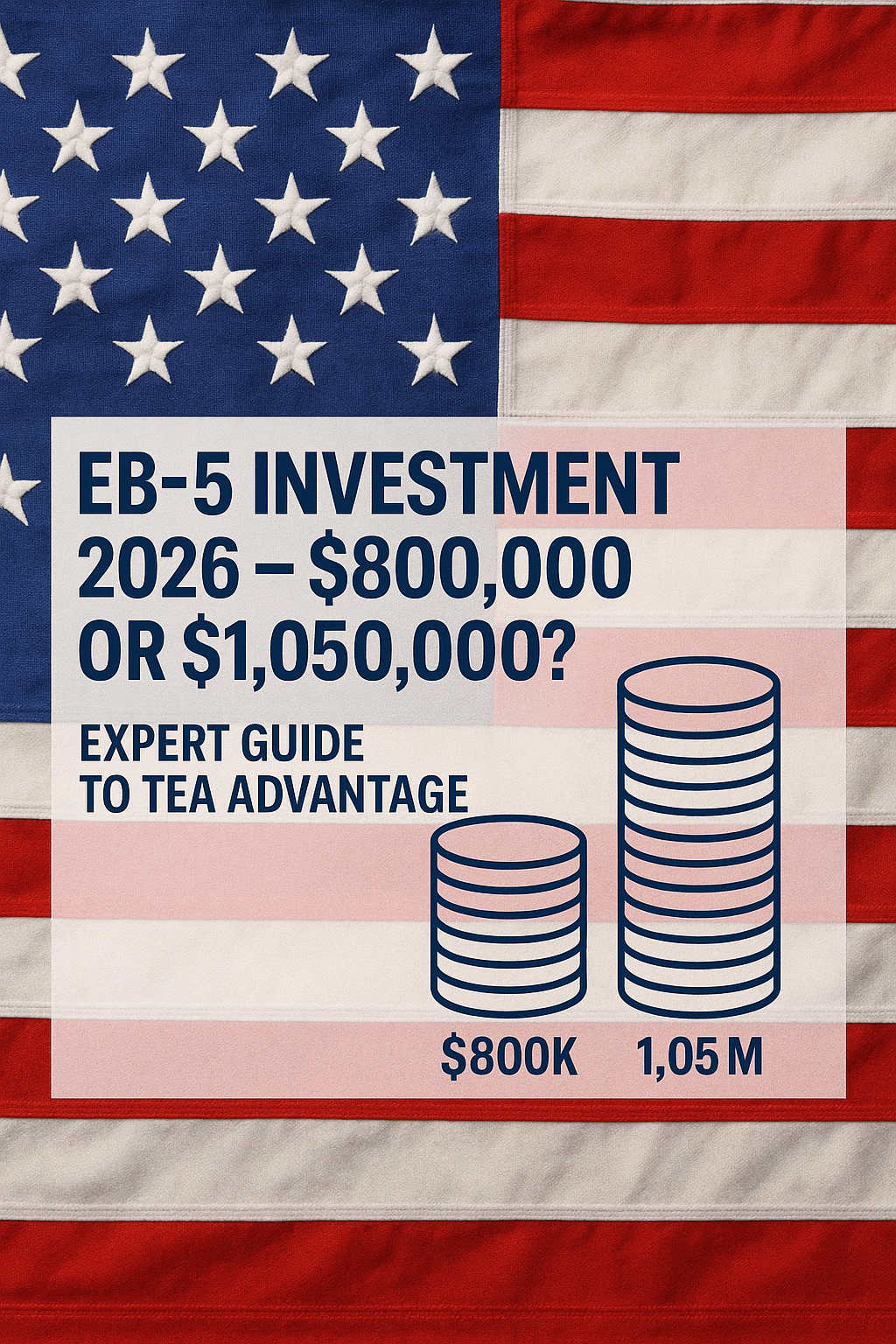The Trump Card has officially launched — and it’s already making waves across the global immigration landscape. Marketed as a premium fast-track pathway to U.S. permanent residency, The Trump Card offers foreign nationals an opportunity to invest $5 million in exchange for a residency package, with the promise of future U.S. citizenship.
What Is The Trump Card?
The Trump Card is a new immigration initiative introduced in June 2025 by the Trump administration. Unlike traditional business, this program demands a flat $5 million from each applicant. visa programs such as the EB-5, which requires a $800,000 investment in a U.S.-approved. In return, individuals are promised expedited access to U.S. permanent residency.
An official website — TrumpCard.gov — has been launched to collect applicant interest and provide initial registration. Early access includes joining a waitlist, with full program requirements expected to be published soon.
The Trump Card vs. EB-5: A Bold Alternative?
Proponents of The Trump Card are marketing it as a simpler, faster, and more exclusive alternative to the EB-5 Immigrant Investor Program. Commerce Secretary Howard Lutnick, a vocal supporter of the program, stated that selling 200,000 Trump Cards could raise $1 trillion in federal revenue. This would potentially be used to reduce national debt while simultaneously attracting vetted, high-net-worth individuals to the U.S.
Critics, however, are quick to point out that only Congress has the power to terminate or replace the EB-5 program, making the long-term legality and structural placement of The Trump Card uncertain. At the time of writing, the EB-5 program remains active and unchanged.

How The Trump Card Works
As of its June 2025 launch, The Trump Card offers the following structure:
- Cost: $5 million upfront
- Access: Early registration through TrumpCard.gov
- Benefits (as promoted): Fast-tracked U.S. residency and eventual citizenship
- Eligibility: Detailed criteria not yet disclosed
- Residency Requirements: U.S. immigration authorities have yet to define this.
Within the first 24 hours of launch, the portal reportedly received interest from over 15,000 individuals, representing a potential $75 billion in capital.
Legal and Public Controversy Surrounding The Trump Card
The launch of The Trump Card has drawn sharp reactions from both immigration lawyers and the general public. While some see it as a bold solution to U.S. immigration bottlenecks and national debt, others have raised concerns about:
- Transparency: Critics have called out the official portal for its poor design and limited program details.
- Legal ambiguity: There is no official federal law backing The Trump Card as a replacement for EB-5 or any existing immigration statute.
- Equity concerns: Critics argue the program favors the ultra-wealthy, turning American residency into a high-priced commodity.
What Comes Next for The Trump Card?
As the Trump administration continues to push forward with The Trump Card, key questions remain unanswered: Will the program gain legal support? Will it bypass or integrate with existing immigration laws? And how will it be received by U.S. lawmakers and global investors alike?
Immigration analysts suggest that upcoming weeks will determine whether The Trump Card is a genuine long-term immigration channel or a symbolic offering meant to stir political and economic interest.
Conclusion: Should Investors Consider The Trump Card?
While The Trump Card presents itself as a unique and potentially lucrative way to obtain U.S. residency, investors should approach with caution. Legal experts recommend waiting for further clarification on eligibility, processing timelines, and federal recognition.
As global mobility becomes increasingly tied to capital, The Trump Card may signal a new era of high-stakes immigration — but only time will tell whether it’s a sustainable pathway or a temporary headline.









